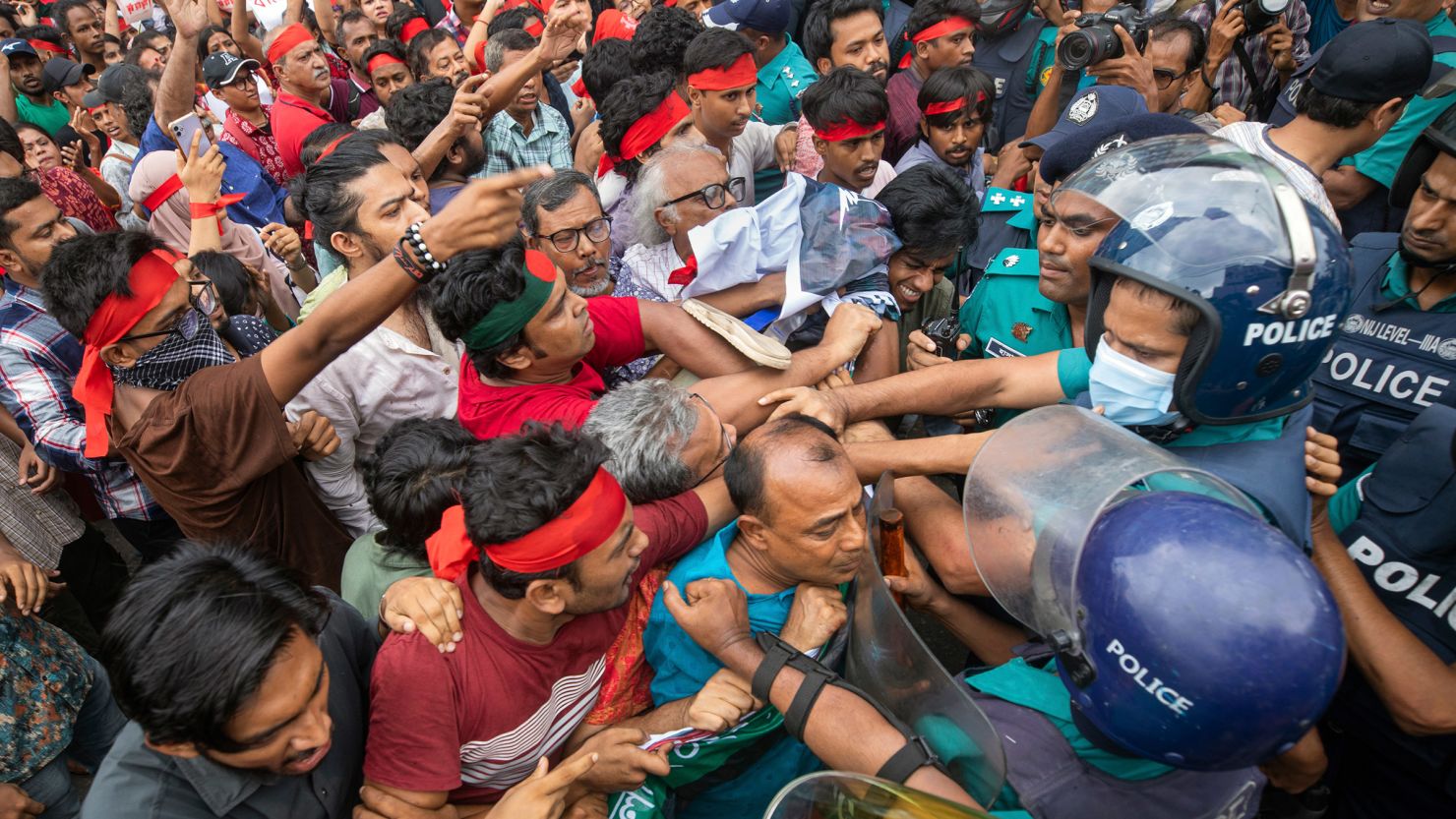Sector: BFSI
Situation: Civil Unrest
The Situation
In August 2024, Dhaka became the center of mass student protests that quickly grew into city-wide unrest. For one of Bangladesh’s leading banks, the protests posed immediate threats: staff and customer safety near protest hotspots, disruptions to cash logistics, and potential shutdowns of multiple branches.
Branches located close to demonstration zones faced risks of vandalism, while cash vans encountered roadblocks, threatening timely ATM replenishment. At the same time, the fast-changing nature of the protests created significant information gaps, making it difficult for leadership to plan and act decisively.
Banking Challenges During the Dhaka Protests
The unrest created multiple operational vulnerabilities for the bank:
- Staff and Branch Exposure: Employees and clients at branches near protest hotspots were at risk.
- Cash Transport Disruptions: Roadblocks and volatile crowds threatened the safe movement of cash vans.
- Branch Operations at Risk: Potential vandalism and safety issues forced closures in high-risk areas.
- Limited Visibility: Leadership struggled with the fast pace of escalation and shifting protest locations.
How Datasurfr Intelligence Supported the Bank
Datasurfr Intelligence provided real-time monitoring, curated insights, and actionable risk mitigation measures, helping the bank sustain continuity.
- Proactive Risk Mitigation
Timely alerts on protest gatherings enabled pre-emptive work-from-home for non-critical staff and the closure of branches near hotspots, ensuring employee safety without halting wider operations. - Operational Continuity
Dynamic rerouting of cash vans was enabled by real-time protest movement tracking, ensuring uninterrupted ATM replenishment across demand-heavy locations. - Strategic Clarity
Human-curated insights explained the protests’ scale, triggers, and escalation points. This context gave leadership clarity to prioritize resources and adapt crisis responses. - Resilience Under Pressure
Concentration risk analysis identified operational vulnerabilities, guiding redundancy planning and ensuring regulatory communication remained credible and informed. - Informed Resource Allocation
Exposure mapping pinpointed the most at-risk sites, enabling targeted deployment of security personnel and support resources.
Impact
The integration of Datasurfr Intelligence during the crisis delivered tangible results:
- Continuous branch and ATM operations sustained across Dhaka.
- Zero staff or asset incidents reported.
- Flexible work arrangements implemented smoothly.
- Leadership maintained confidence and regulatory trust.
Key Takeaways for the BFSI Sector
- Early alerts protect people and assets. Timely intelligence enables safe closures and staff safety measures.
- Cash logistics resilience is critical. Dynamic rerouting ensures ATM continuity during unrest.
- Human-curated insights add clarity. Contextual analysis helps leaders prioritize and act decisively.
- Resilience planning reduces concentration risks. Identifying vulnerabilities supports redundancy strategies.
- Targeted resource allocation enhances efficiency. Deploying security where it’s most needed prevents losses and builds resilience.
Conclusion
The Dhaka protests of 2024 highlighted how civil unrest can paralyze BFSI operations. Yet, by leveraging Datasurfr Intelligence, the bank maintained continuity, safeguarded staff, and ensured uninterrupted customer services—demonstrating how intelligence-driven decision-making transforms crisis management into an opportunity for resilience.


